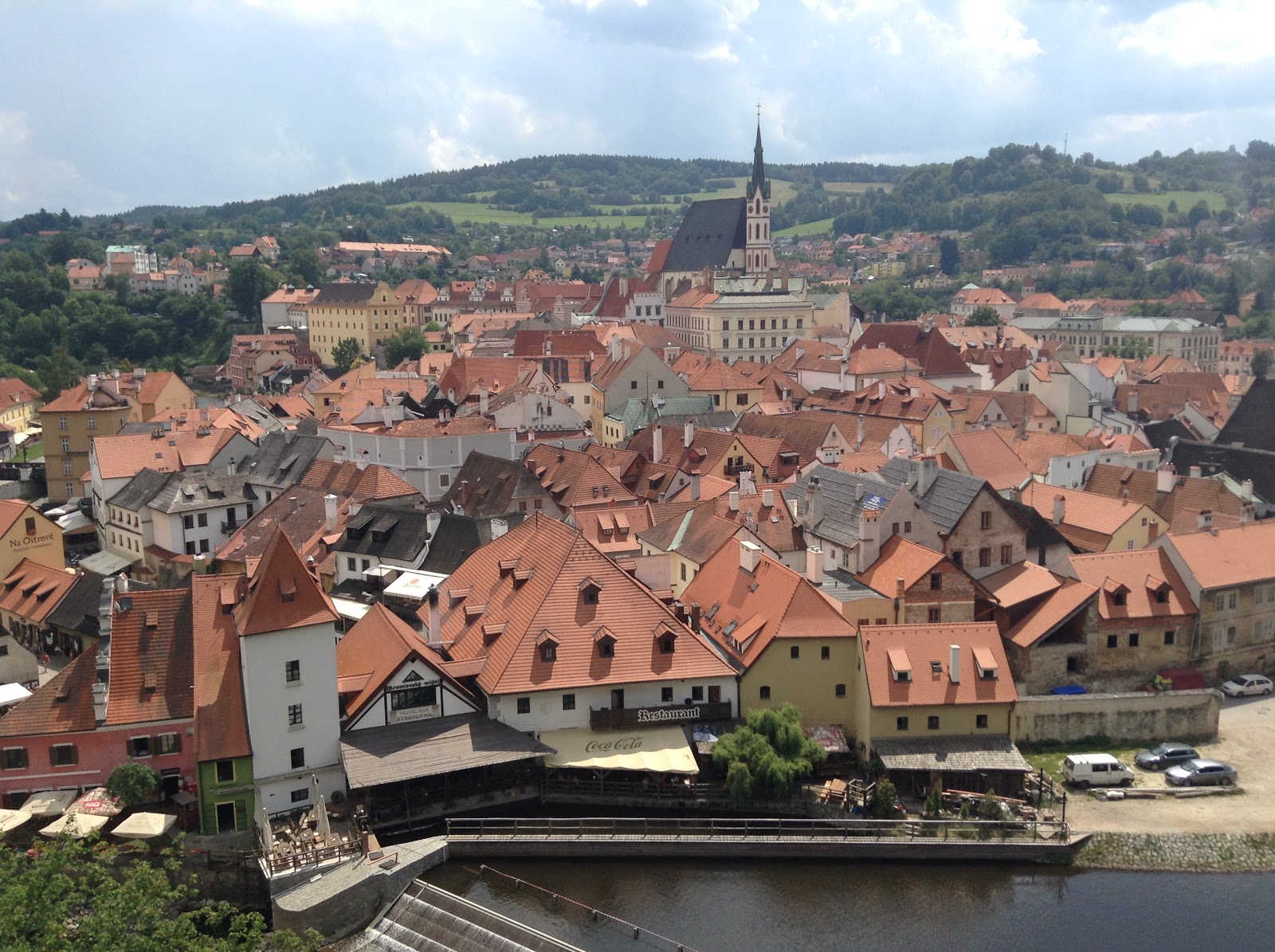When, or if that is successful they can then scale the walls usually on ladders, but also using tall fortified mobile wooden towers (Siege Engines) you may have seen in the film, The Kingdom of Heaven. Not every army had the skill to construct these elaborate siege engines or could afford to maintain a long siege of a castle, hence why castles proliferated through Europe. Castles worked in other words. It also shows you how violent Europe was that such fortification was necessary.
The tour of the living rooms shows the increasing furnishings and opulence, but comfort was only of secondary importance in the Middle Ages. Staying alive and preventing your food supply and valuables getting carried off by raiders was the primary purpose of a castle. Generally, once cannons were more available in the 16th and 17th centuries that could knock down any castle wall they fell into disrepair or were converted into more stately homes. Form follows Function in castle design.
There were two other large towers above the main castle. The only remaining castle tower today is the tower that is now part of the church. The tower of course is more expensive, but is stronger and higher and greatly adds to the defence strength of the castle.
On my last trip you might remember the magnificent Alhambra Castle in Granada, Spain with the beautiful gardens, indoor plumbing, the detailed tiles, which was very advanced at the time. The Moors (Spanish Muslims) were an advanced civilisation that in the Alhambra were able to build a formidable castle in it's own right, but with the comfort of a palace. It was fortunate for Europe that the Arabs preserved the Greek and Roman texts whose rediscovery by European scholars fuelled the Renaissance period. They also taught Europeans the use of the compass (which the Chinese invented), mathematics, and astronomy that enabled Spain and Portugal to discover the New World.
Trade and Western Europe benefitted greatly from discovery of New World, particularly the Spanish, Dutch and the English. Eastern and Central Europe were disadvantaged due to their position away from the Atlantic and didn't benefit as much from the tremendous wealth from the New World. For instance Queen Elizabeth was a financial investor in Sir Francis Drake, which returned 4000% on her investment for his voyage around the world and capture of a treasure laden Spanish galleon.
Agriculture generally only returned around 3-5% per annum, and every four or five years there was a poor harvest. It's kind of like Australia with our mineral wealth that dwarves even our considerable agricultural sector, and there are droughts every seven years or so when farmers don't make as much money. With the rise of the towns and trade more money could be made in Prague than in Cesky Krumlov, which became a quiet backwater. However, even Prague wasn't making the money that London, Seville and Amsterdam were making from the Atlantic and global trade.
The countryside may remind you a little of Austria, which is less than one hour drive away. Cesky Krumlov was primarily populated with German people until 1945. The houses look similar to the houses I saw in Germany. The expulsion of the 3 million Germans at the end of WW2 is a delicate issue between Germany and the Czech Republic. Many now live in Bavaria just over the border to the West.
Travel Info
Cesky Krumlov Castle - http://www.castle.ckrumlov.cz/docs/en/zamek_oinf_sthrza.xml
Recommended Reading
Davies, Norman, Europe: A History






